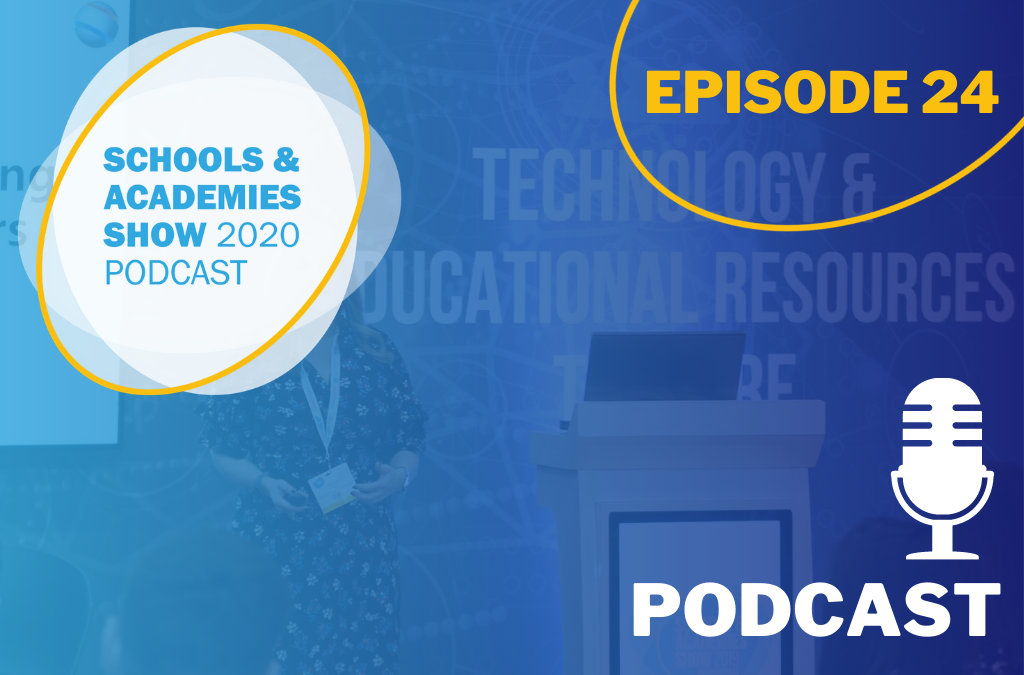Improving Pupil Engagement: What is Gamification in Schools?
Pupil engagement is always an ongoing part of daily school life in schools across the UK. Teachers across the UK know the constant struggle of keeping young minds engaged.
Textbooks and traditional teaching methods, while crucial, can sometimes feel like ancient relics in the era of Minecraft, Warzone and Fortnite. But what if we could bridge the gap, making learning as captivating as their favourite video games? Enter gamification – a teaching revolution transforming classrooms into exciting playgrounds of knowledge.
What exactly is gamification in schools?
In simple terms, it's applying game-like elements to the learning process. Points, badges, leaderboards, quests, and challenges – these are all tools in the gamification toolbox. Imagine history coming alive through a classroom quest for hidden historical artefacts, or maths problems turning into thrilling games involving heroes and villains.
But don't be fooled by the playful language. Gamification isn't just about sugarcoating dry topics. It's a powerful framework with proven benefits:
Boosting engagement: Gamification taps into our natural desire for achievement and progress. Completing tasks, earning points, and climbing leaderboards fuels a sense of accomplishment, making learning not just a duty, but a rewarding adventure.Encouraging active learning: Gone are the days of passive note-taking. Gamification turns students into active participants, solving problems, taking risks, and collaborating to overcome challenges. They're not just memorising facts; they're applying them in an engaging, interactive way.
Promoting self-motivated learning: Forget endless nagging about homework. Gamification empowers students to take ownership of their learning. The desire to level up and unlock new challenges becomes an intrinsic motivator, pushing them to go beyond the minimum and explore their learning on their own.
Building teamwork and collaboration: From tackling group quests to earning shared badges, gamification fosters a sense of community and collaboration in the classroom. Students learn to communicate effectively, support each other, and celebrate each other's successes.
Providing instant feedback: Unlike the delayed feedback of traditional tests, gamification offers immediate gratification and constructive criticism. Points earned and challenges overcome tell students instantly where they stand and what areas need improvement, allowing them to adjust their approach on the fly.
Of course, gamification isn't a one-size-fits-all solution. It's crucial to understand your students, their learning styles, and the specific learning objectives you want to achieve. Remember, it's a tool, not a replacement for good teaching. The key lies in finding the right balance between play and pedagogy, ensuring the game elements enhance learning, not distract from it.
If you want to hear more about gamification then please take a look at this session recording from last year's SAAShow in London: Gamification of Education session recording.




